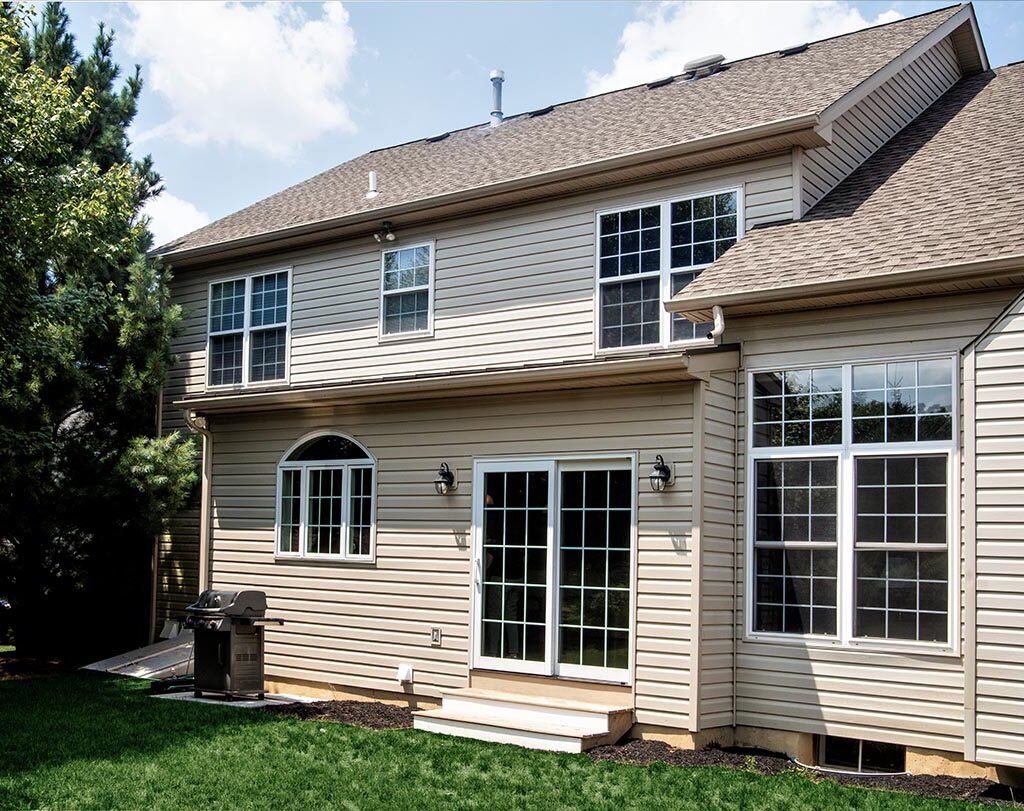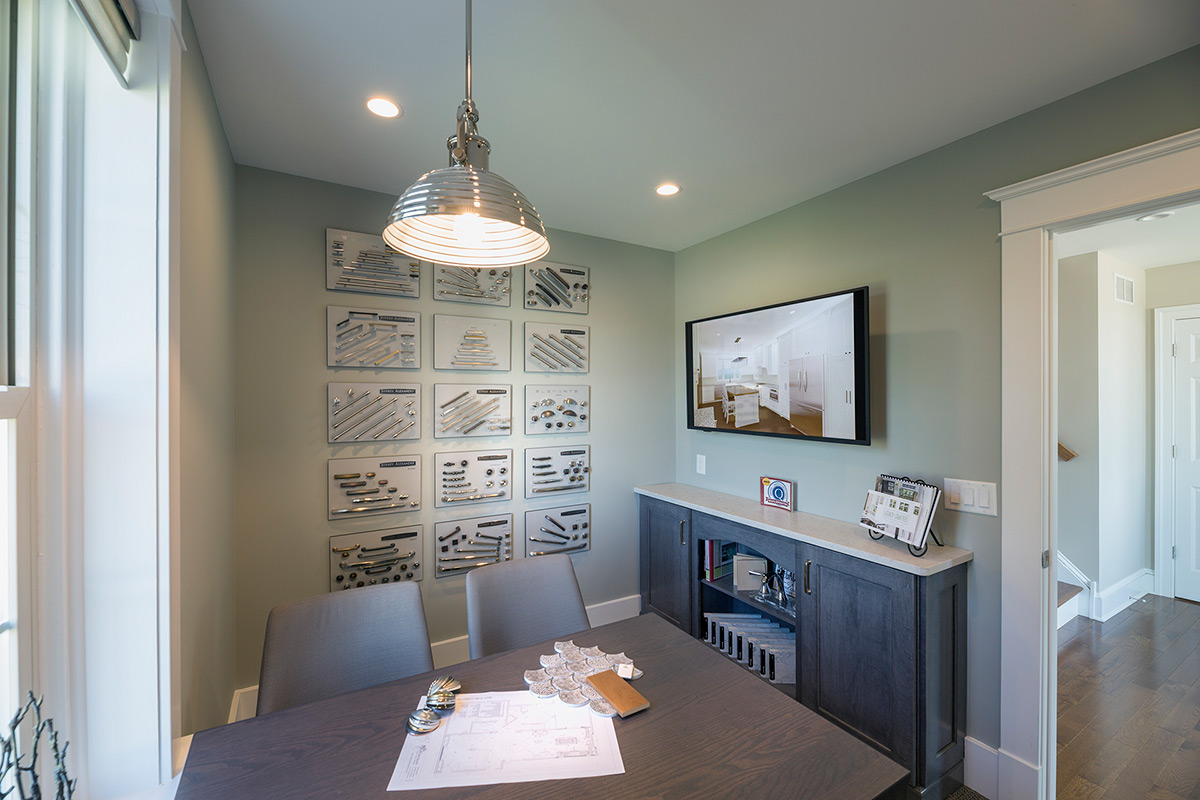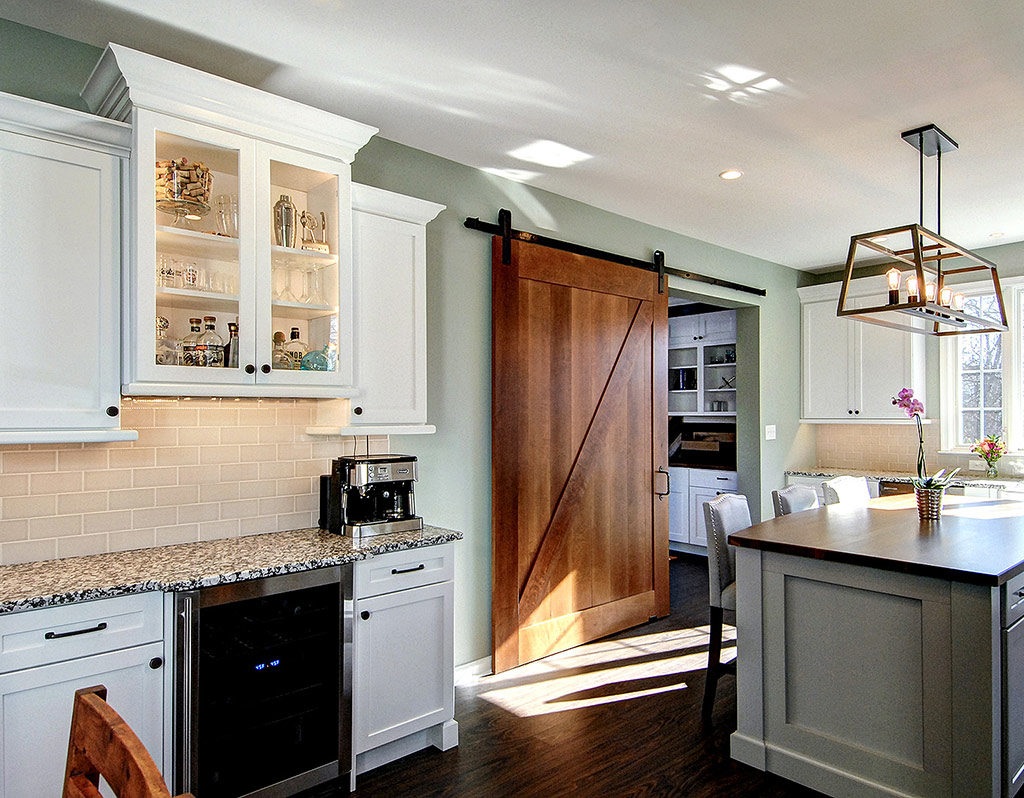This is the second in a series of blog articles focused on creative ways to save on remodeling costs, while still bringing your design dreams to life. In the first article, we showed you how to prioritize your renovation wish-list to stay on budget. Here, we will focus on strategies that will enable you to save money while still ensuring a high-quality renovation.

Take a phased approach
A full project does not need to be completed all at once. For example, perhaps you want to connect your kitchen to a future deck outside, but you don’t have the budget for both. Start with the area that you’ve determined is the greater priority (likely the kitchen) and make sure it’s built in a way that will make it easy to pick up the rest of the renovation later on. If you start with the kitchen and dining room, you can add in a new door that will lead out to the future deck.
Focus on your primary goals
Sometimes, people get sidetracked with ‘nice-to-haves,’ which can cause the scope of the project (and budget) to expand. Reeling it back in to focus on the primary objectives, and being realistic on what’s feasible for you, can help keep costs under control.
Put some ‘sweat equity’ into the project
If you have a knack for painting, maybe you opt to tackle that part of the project yourself. Our rule at Custom Craft is, for any ‘sweat equity’ work, you should perform it on the front-end or back-end of a project – not concurrent to the work we do.
Consider energy efficiency
The U.S. Department of Energy estimates that energy efficiency tactics can save typical households 25% on their utility bills (over $2,200 annually). Discuss with your contractor ways to be energy efficient with the following installations (as recommended by Energy.gov):
- Appliances and home electronics
- Insulation and air sealing
- Lighting and daylighting
- Space heating and cooling
- Water heating
- Windows, doors, and skylights
Know when to save and when to spend
Consider the life cycle costs of your renovation. Select materials and finishes that, over the lifetime of the product, will deliver on your investment long-term. Materials like hardwood flooring and tile, well built cabinetry, good quality plumbing and lighting fixtures will add lasting value and minimize repair/replacement costs down the road.
Be thoughtful about the contractor you pick
Your contractor should have deep expertise in the specific renovations you are seeking, make an effort to learn your greatest pain points, and be focused on delivering ROI. Contractor-client contracts should be relationship-based. At Custom Craft, we take great pride in our close attention to detail and engage fully with you from the first time we meet, to ensure we are the right fit for you. Learn more about our process here.

We hope you’ve found this guide helpful! If you’d like to speak with us directly to do an even deeper dive into ways to save remodeling costs without sacrificing quality – or if you’re ready to kick off a project – please contact us! You can also check out our home remodeling cost guide to help determine the investment you can afford. Stay tuned for the next post of this series next month!


